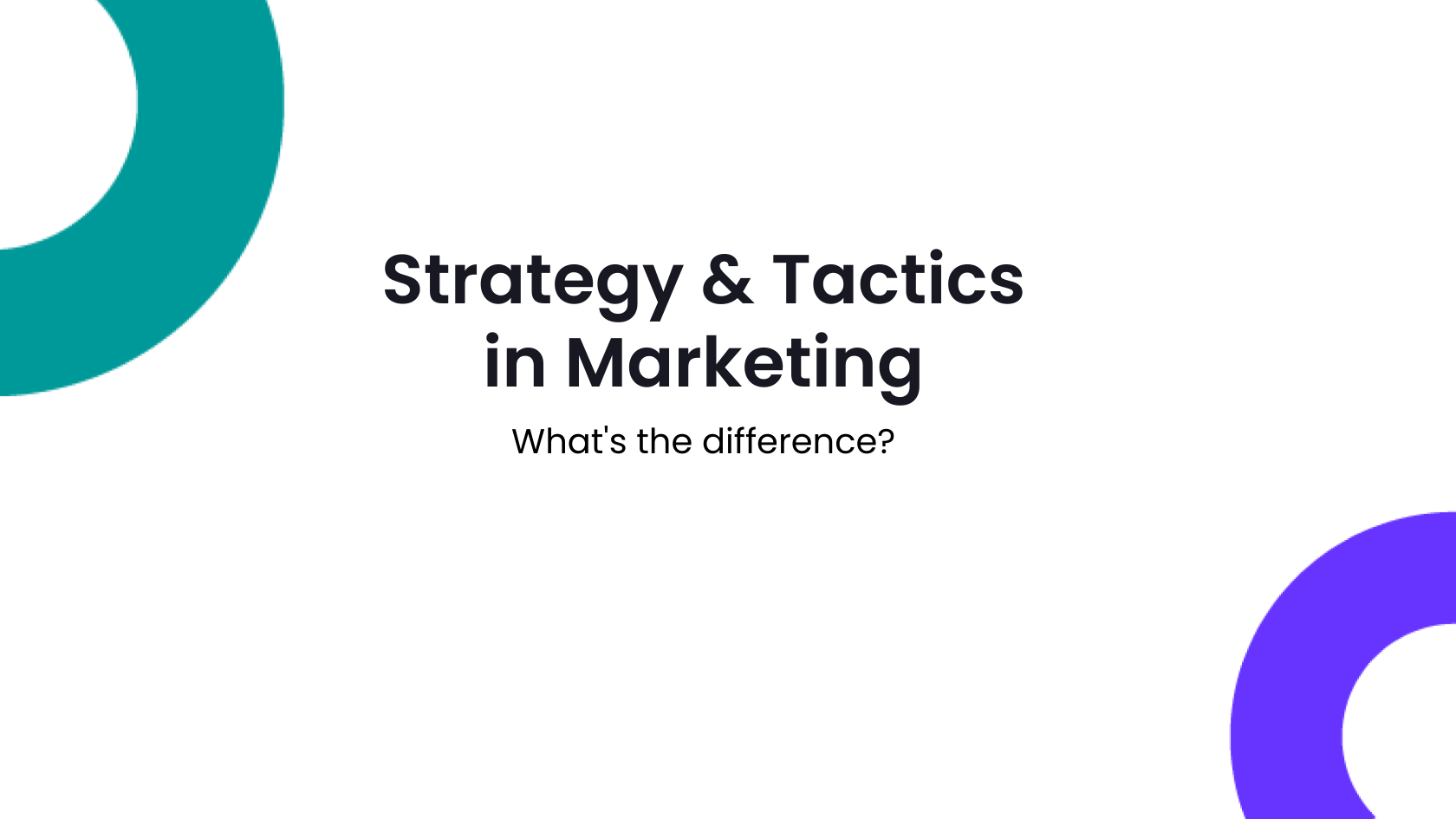Demystifying Strategy and Tactics in Marketing
In the marketing world, the terms “strategy” and “tactics” frequently come into play. But are we employing them accurately? A recent conversation with Kenneth Steel, Marketing Director at Nellemann Automotive, sheds light on this crucial distinction, offering a deeper understanding of how these concepts interrelate in the marketing sphere.
A Glimpse into Kenneth’s World
Kenneth isn’t just any marketing director with a cool name; he’s a strategist at heart who plays a pivotal role in the daily management and commercial growth of Nellemann Automotive. He’s in charge of the marketing budget, spearheads communication, and leads digital development projects for automotive giants like Kia, MG, and Isuzu, as well as for seven group-owned dealerships. His journey through various industries has taught him that success often lies in one’s ability to adapt, engage with different cultures, and understand the unique language of each target audience.
The Essence of Strategy Versus Tactics
Kenneth underscores a common misinterpretation: confusing strategy with tactics. It’s easy to jump into tactics, they are the most sexy things, like creating an ad or buying media, but again that’s just a result of everything that we defined before. Strategy, he explains, is the overarching framework guiding our marketing actions—it’s about making deliberate choices on where to play and how to win. It’s also defining where you are not going to be, or what you are not going to do. We always tend to want everything, but for a strategy to be successful you need to cut off things that won’t get you there and focus your actions. Tactics, on the other hand, are the actions taken to achieve strategic goals, such as social media posts, PPC campaigns, and email strategies for example. Kenneth emphasises, “A lot of what we do are tactics, but a little bit is strategy,” reminding us of the importance of not losing sight of the strategic big picture amidst the whirlwind of tactical execution.
With a clear strategy in place, choosing and tailoring tactics becomes much more effective. Kenneth emphasises, “Our tactical execution hinges on our strategic definitions.” Drawing from his experience with Kia, he highlights the role of strategic planning in guiding everything from media placements to creative messaging. These efforts are not only aimed at evolving the brand’s perception but also at maintaining its core value proposition. By illustrating how strategic choices made at a corporate level directly influence local market tactics, Kenneth demonstrates the importance of ensuring these tactics align with the brand’s overarching goals. Adopting this strategic approach not only leads to more efficient execution of marketing initiatives but also significantly enhances the brand’s perception and market position.
We also talked about whether gamification is a tactic or a strategy. Kenneth sees it as a tactic, just like media buying. It’s used to achieve strategic goals. For example, using a gamification tool to boost lead generation or learn more about our customers is a tactical move to reach our strategic objectives.
Strategy as a North Star
Kenneth’s insights into the interplay of strategy and tactics offer a crucial lesson for marketers: tactics should be flexible and responsive, but the underlying strategy must serve as a steadfast beacon, guiding decision-making and sharpening focus. This strategic vision, akin to a North Star, ensures that marketers stay aligned with their overarching goals, exploring the many options with purpose and direction. Kenneth emphasises, “Strategic decisions take time to mature.” He advocates for a clear distinction between the fluid nature of tactics and the enduring essence of strategy, arguing that such clarity empowers marketers to fully leverage their strategic plans.
Kenneth gives smart tips to all marketers: the journey through diverse landscapes not only broadens one’s skill set but also enriches it. He encourages marketers not to hesitate at the edge of the unknown but to embrace the different lessons each new territory offers, thereby turbocharging their marketing prowess.
He likens transitioning between industries to shifting gears in a vehicle—sometimes the transition is seamless, other times it requires a bit more effort. The key, according to Kenneth, lies in immersing oneself in the new environment: understanding its culture, speaking its language, and swiftly adapting to its unique dynamics.
At the heart of Kenneth’s philosophy is the principle of agility. He asserts that, regardless of the industry—be it fast food or fast cars—the fundamentals remain the same: a deep understanding of the customer, a finely honed message, and its stylish delivery are paramount.
Ready to level up your engagement strategy?
Explore the strategy of interactive marketing to create personalised experiences, foster engagement, and establish meaningful connections with your audience. With Scratcher as a partner you will have:
- User-friendly integration: Easily integrate interactive content with all of your favourite marketing tools
- 24/7 customer support: We're here to assist you every step of the way
- Customisable templates: Personalise your campaign to reflect your unique brand
Share Post:
More insights to gamification marketing strategies

Scratchcard Marketing
We’re sharing our top 5 techniques for implementing and succeeding with gamification in 2023. It’s a win-win for both you and your audience!

Black Friday Marketing: Powering Engagement & Conversions
We’re sharing our top 5 techniques for implementing and succeeding with gamification in 2023. It’s a win-win for both you and your audience!

What Is Brand Engagement?
Best practices to ensure your gamification marketing campaign activation is a hit.

How to Do SMS Marketing with Gamification: A More Engaging Approach
To collect data at a high rate, the interaction must give more than it takes. Gamification offers to give something right now in return for the information the customer provides, it is a hard offer to refuse.




